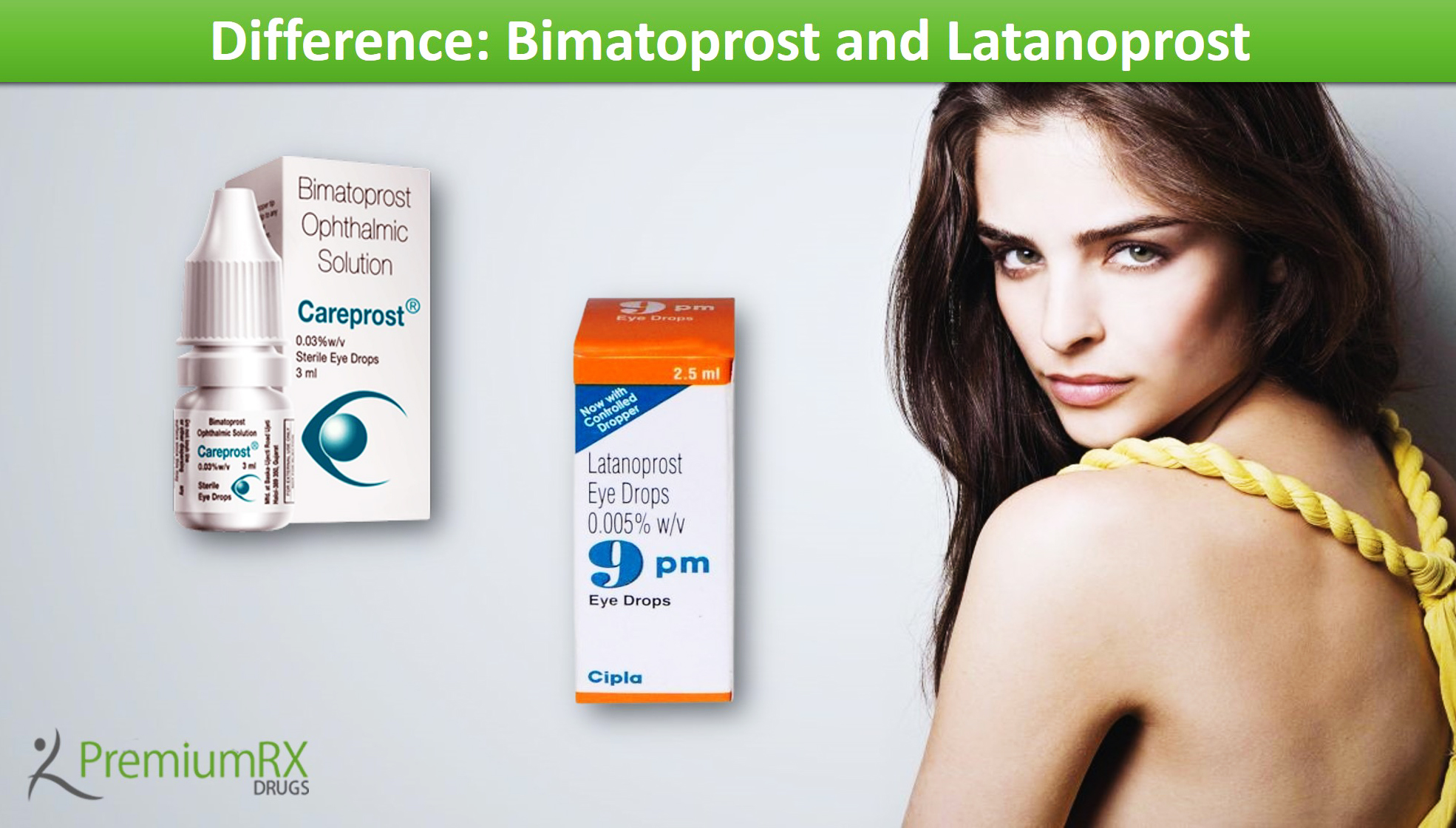Among the current ocular hypotension medications employed in treating open-angle glaucoma and ocular hypertension, prostaglandin analogs are the most potent. These include Bimatoprost and Latanoprost. In the United States, latanoprost has been commercially available since 1996. These pharmaceutical agents’ precise mode of action to lower intraocular pressure is still not understood; they are believed to act by increasing aqueous humor outflow via the trabecular route and the uveoscleral pathway.
The goal is to reduce intraocular pressure (IOP) to protect against damage to optic nerves and progressive vision loss. Once-daily prostaglandin administration has become the first-line treatment approach for many patients with glaucoma or ocular hypertension. Both ophthalmic solutions reduce IOP effectively and safely and are generally well tolerated.
Latanoprost eye drops and Bimatoprost 0.03% have been shown to appear extremely effective in lowering IOP compared to any other agents. Monotherapy is usually chosen over the use of multiple IOP-lowering medications to gain control over raised IOP. A single therapy minimizes drug exposure and the possibility of ocular and systematic adverse reactions. Treatment with a single medication also avoids the inconvenience of using multiple eye drops, which can be a barrier to treatment adherence.
Among these prostaglandin medications, the prostamide Bimatoprost 0.03% has an excellent IOP lowering efficacy profile. It has achieved greater IOP-lowering effects in clinical trials than latanoprost. The most frequent adverse reaction of this 0.03% ophthalmic reparation is conjunctival hyperemia. However, extensive documentation concerns the effectiveness of these two prostaglandin analogs. The studies have shown no clinically significant differences in the IOP-lowering ability of these medications. However, investigators suggest it may be more effective than latanoprost in reducing IOP levels. Compared to latanoprost, Bimatoprost has been shown to have substantially higher rates of ocular side effects.
Latanoprost
Latanoprost belongs to a class of drugs known as prostaglandin analogues. The class of medication acts by increasing the natural outflow of fluid from inside the eye into the bloodstream. Latanoprost is a prescription treatment for intraocular pressure in patients with open-angle glaucoma or ocular hypertension. It may be given to reduce intraocular pressure in patients with chronic angle-closure glaucoma who underwent laser surgery. It is an effective remedy for conditions like open-angle glaucoma and ocular hypertension in adults. Both eye problems are associated with increased pressure within your eye, eventually affecting the vision. Eye medication is useful in treating increased eye pressure and glaucoma in children and babies of all ages. The ophthalmic preparation should not be given to people with known hypersensitivity to be benzalkonium chloride or any other ingredients of the eye drop. One drop in the affected eye once daily in the evening is sufficient. Do not exceed the once-daily dose because it has been shown in clinical trials that regular administration may cause a significant reduction in the IOP-lowering effect.
Since the introduction of latanoprost in 1996 as an ocular hypertensive agent for the treatment of glaucoma, eyelash growth has been reported as a regular phenomenon associated with ophthalmic prostaglandin.
Bimatoprost
One ml of solution contains 0.3 ml bimatoprost careprost and is specially designed pharmacologically to reduce IOP for the treatment of glaucoma. It is quite similar to the prostaglandin analogue, which is considered an effective ocular hypotensive agent. Compared to latanoprost in clinical studies, this pharmaceutical agent was more effective as an eyelash growth solution. It was approved by the US Food and Drug Administration (FDA) for increasing eyelash length, thickness, and darkness in patients with hypertrichosis of eyelashes.
Conclusion
This information guide aims to prospectively evaluate the efficacy and safety of bimatoprost and latanoprost in reducing intraocular pressure (IOP). Data supports studies indicating that bimatoprost 0.03% provides greater IOP reduction than latanoprost. Reports suggest that eight weeks of Bimatoprost eye drops provided an additional mean IOP reduction in patients. Many patients who do not reach their target IOP on latanoprost can achieve additional IOP lowering and maintain monotherapy by replacing latanoprost with Bimatoprost eye drops.
Marie
Latest posts by Marie (see all)
- Revize Micro Gel 0.025% | Uses, Price, Side effects - April 9, 2025
- What is Evalon Cream: How to Apply, Benefit, who Can Use - April 4, 2025
- Understanding Avanair 200 mg: A Comprehensive Guide - April 4, 2025




